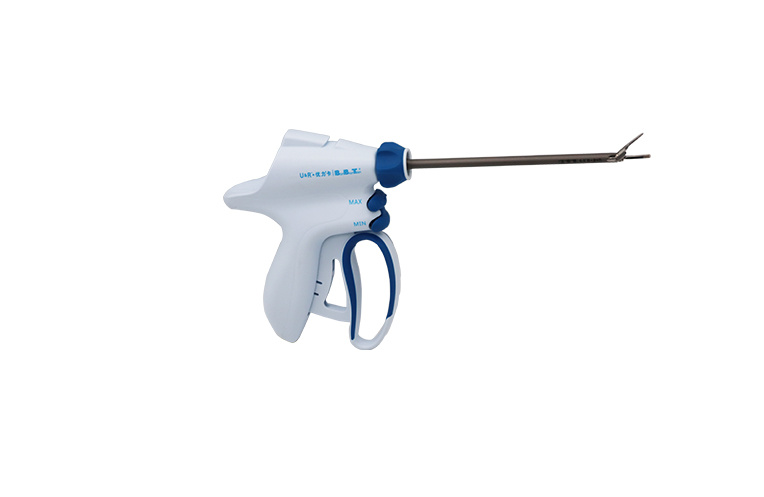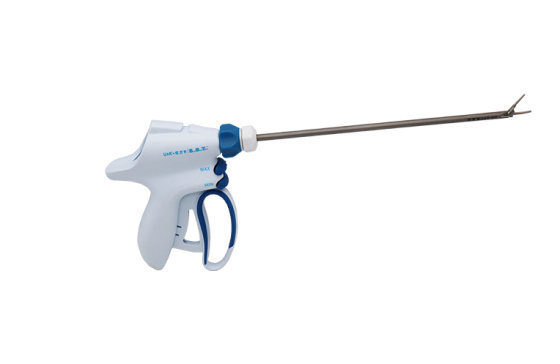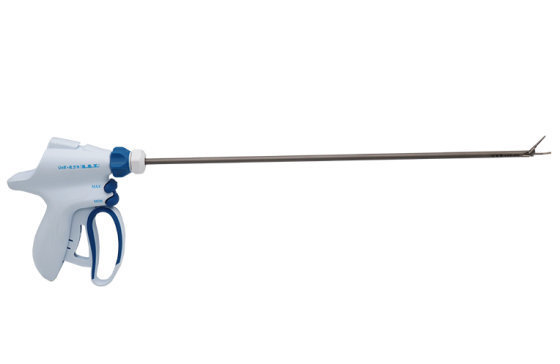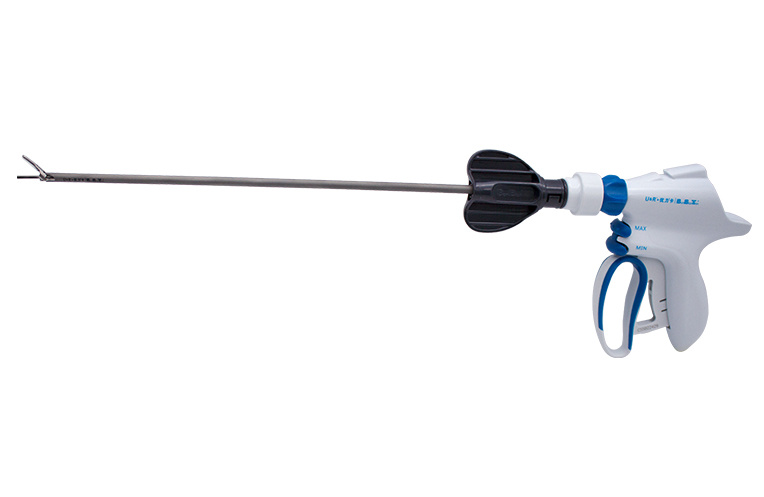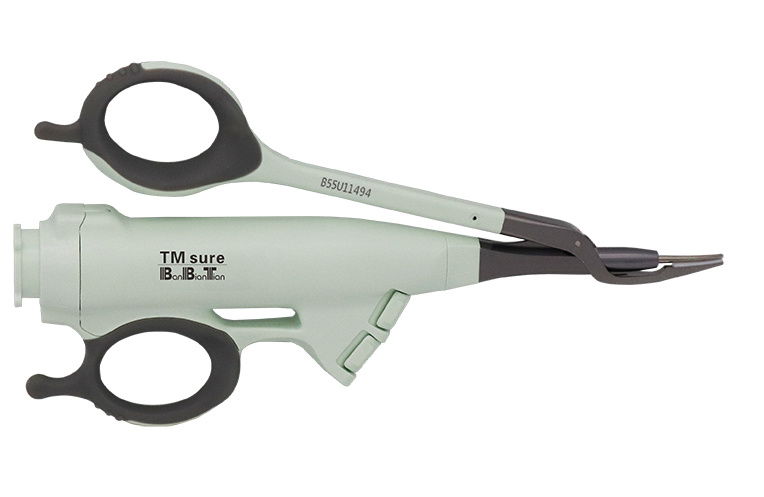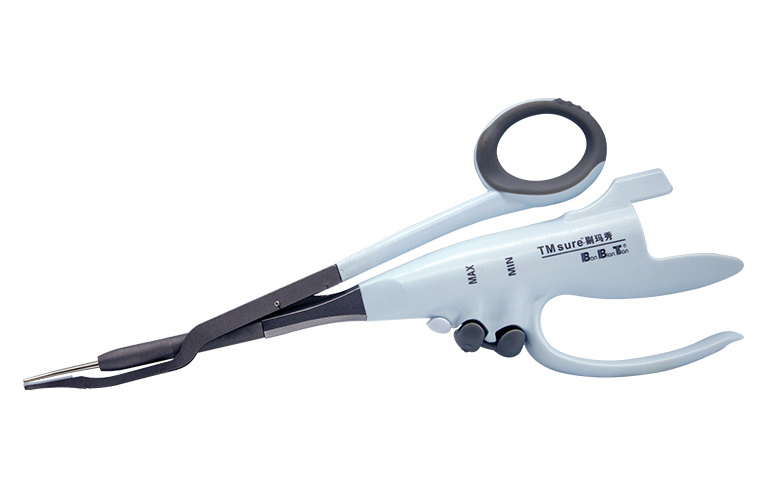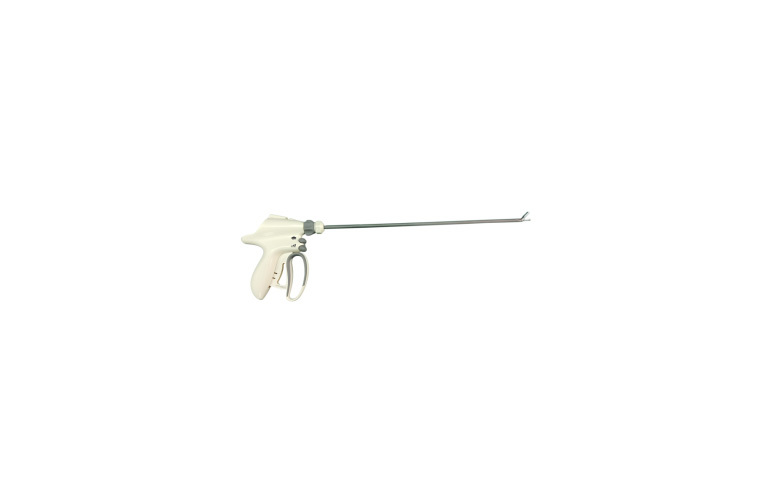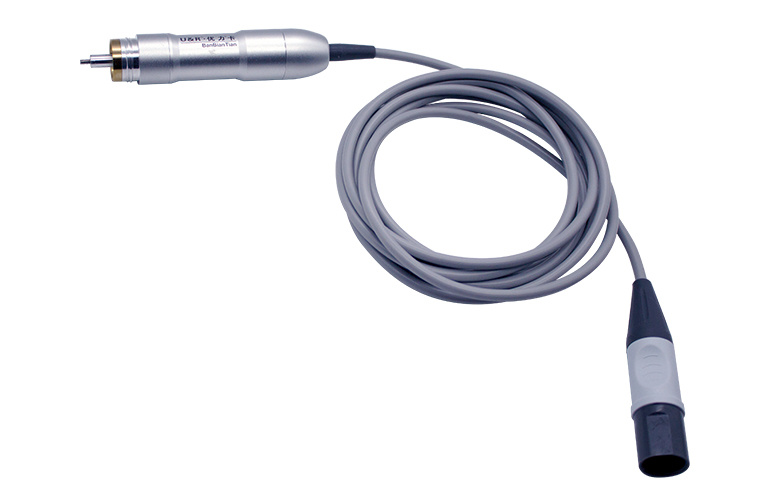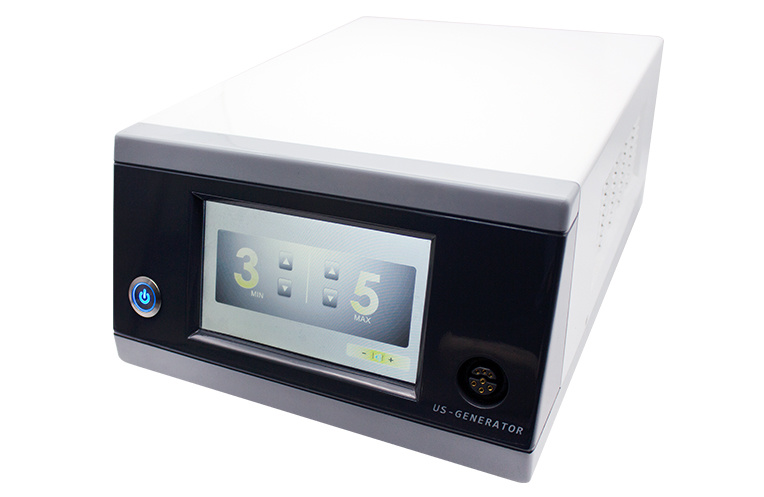Products
Blog
Ultrasonic Scalpel in the Operating Room
Ultrasonic scalpel is a high-frequency electro-surgical device mainly used for cutting and vessel closure of biological tissues. It has the characteristics of less bleeding, less damage to surrounding tissues, and fast postoperative recovery. Its effect on human tissues is to cut and coagulate without causing side effects such as tissue dryness or burns. The knife head does not have electric current passing through the human body during operation, and it has a wide range of applications in the operating room and is also known as a bloodless surgical knife.
Ⅰ. Clinical application and indications of ultrasonic scalpel
Ultrasonic scalpel is used clinically for cutting and coagulation, cataract emulsification, tumor suction removal, liposuction, etc. It works best for tissues with high water content and low collagen content, such as organs like the brain, liver, and spleen, and has minimal effects on tissues with high collagen content, such as blood vessels and fasciae. It is mainly used clinically for tumor resection in neurosurgery, liver tumors, various tumors in thoracic Surgery, fat suction, and the removal of various cell tissues rich in water content. In recent years, its use has extended to ophthalmology, neurosurgery, general surgery, urology, thoracic surgery, gynecology, pediatric surgery, otorhinolaryngology, and other fields.
Ⅱ. Advantages of Ultrasonic scalpel
1. Good hemostasis effect.
2. Accurate cutting.
3. High safety.
4. Quick postoperative recovery, good prognosis.
5. No burns, less damage to surrounding tissues.
The development of hospitals and departments depends on the development and improvement of clinical medical technology and the improvement of disease diagnosis and treatment methods. As an important part of the hospital, the development of the surgical system is largely dependent on the development and improvement of surgical techniques. At present, the trend of surgical technology is increasingly leaning towards minimally invasive surgery, and ultrasonic knife surgery is an important component of minimally invasive surgery. The main advantages of minimally invasive surgery are: small surgical trauma, fast postoperative recovery, significantly reduced hospital stay; minor postoperative pain; reduced chance of surgical bleeding (90% laparoscopic surgery basically has no bleeding); simple postoperative treatment, reduced costs, and patients also benefit from reduced sick leave, early return to work, and reduced family care burdens.
The traditional electric knife (monopolar electric knife or bipolar electrocoagulation) cannot solve the problem of too wide heat transfer range (which is prone to secondary damage to important organs), cannot effectively deal with blood vessels, and produces a lot of smoke that affects vision, which seriously restricts the expansion of minimally invasive surgery. It was not until the birth of the ultrasonic cutting and hemostatic knife in 1996 that minimally invasive technology made rapid development and ultrasonic knife surgery became widely used in various surgical fields.
Other Articles



 English
English  한국어
한국어  français
français  Deutsch
Deutsch  Español
Español  italiano
italiano  русский
русский  português
português  tiếng việt
tiếng việt  română
română 